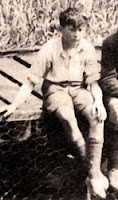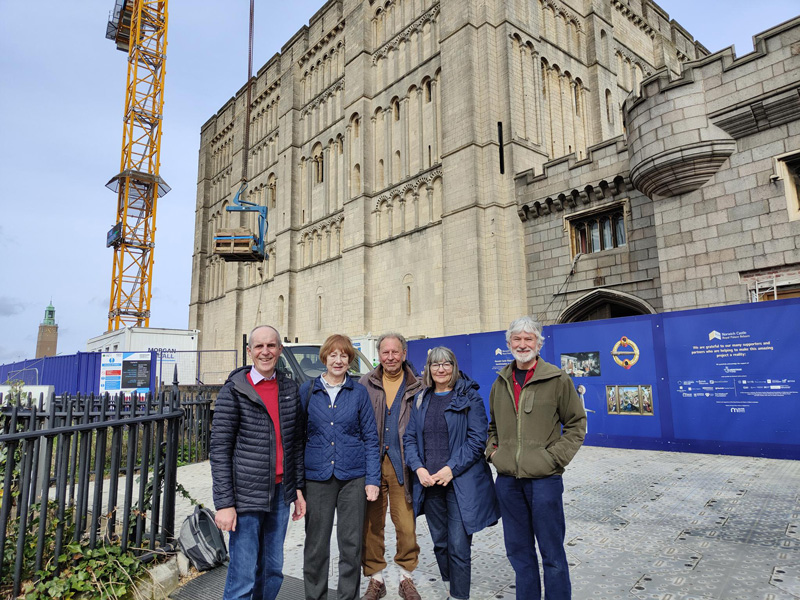Visit almost any part of the river Waveney and it doesn’t really matter whether or not you have anything specifically planned. There is always something to interest all ages and if you decide to do nothing there is no better place to do it!!
What could be more relaxing than to just sit on the bank in the sunshine, fanned by a gentle breeze that invariably blows up the river, rustling the reeds and causing small ripples on the surface of the slow moving tide.
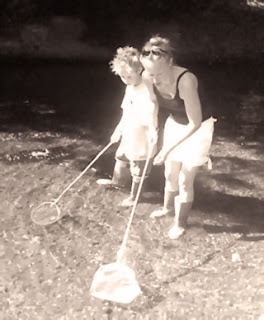 The silence is only broken by sounds like a fish jumping out of the water and causing a splash when it drops in again, the cry of a water hen or perhaps the drone of a bee or beautiful dragonfly as it hovers over the various plants that grow close to the edge out of the main flow where it is shallow. Many different kinds of fish of various shapes and sizes can be observed and identified as they swim by.
The silence is only broken by sounds like a fish jumping out of the water and causing a splash when it drops in again, the cry of a water hen or perhaps the drone of a bee or beautiful dragonfly as it hovers over the various plants that grow close to the edge out of the main flow where it is shallow. Many different kinds of fish of various shapes and sizes can be observed and identified as they swim by.
Did You Know? Between the Wars many schoolchildren spent much of their summer holidays down by the river. Sometimes with their parents but very often, from the age of about twelve, they would go on their own and meet up with friends. Teenagers were often put in charge of younger brothers and sisters. Some paddled and fished for tiddlers while others went in where the water was deeper and learned to swim. There were different parts of the river to suit particular needs. Like stretches for the very young where the banks were low and they were able to wade in on a soft sandy bottom. Other parts were stony and the children had to wear beach shoes or an old pair of plimsoles to enable them to walk about comfortably without fear of their feet getting sore or even cut.
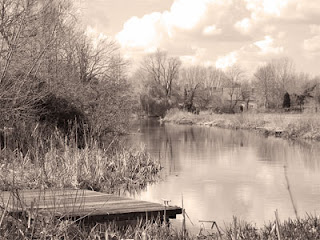 Strong swimmers made for the deeper parts. All along the river there are still places reputed to be bottomless and each has its own name and story. The constant flow of water for many years over the sluice at Bungay Staithe dug out a hole of anything between fifteen and twenty feet deep. At the same time creating a small island about thirty yards down stream. There was always an ongoing competition to see who could dive to the bottom and bring something up to prove they had actually been all the way down. A handful of shingle might be sufficient evidence, if you managed to get it to the surface before it washed away. Sometimes there were unwanted rewards.
Strong swimmers made for the deeper parts. All along the river there are still places reputed to be bottomless and each has its own name and story. The constant flow of water for many years over the sluice at Bungay Staithe dug out a hole of anything between fifteen and twenty feet deep. At the same time creating a small island about thirty yards down stream. There was always an ongoing competition to see who could dive to the bottom and bring something up to prove they had actually been all the way down. A handful of shingle might be sufficient evidence, if you managed to get it to the surface before it washed away. Sometimes there were unwanted rewards.
That particular spot was a favoured one for drowning unwanted kittens. They were put into a sack, weighted down with a brick and dropped into the water. This was usually done under the cover of darkness when there was no one about. Unfortunately, when the sack had sunk and settled on the bottom there was no tide to move it and on more than one occasion, it was known for such a package to be retrieved by a diver searching for something to bring to the surface.
What could be better on a warm Sunday afternoon than sitting back and being propelled slowly up the river. The only noise to be heard was the splash of the blades breaking the surface and the creaking as the oars turned the rowlocks with each stroke. This was followed by the sound of the water hitting the bows as the boat was thrust forward parting the stream. It was both rhythmical and relaxing! Rowing boats of all sizes were available for hire along the non tidal stretches of the river.
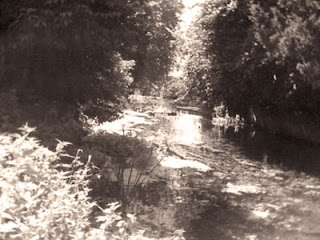 A popular family outing for those who were able to afford it was a trip to a favourite spot where they could moor up and lay out a cloth for a picnic. They would arrive on foot or their bicycles loaded with picnic baskets and often a tin kettle and primus stove. Tea always tasted much better if it was freshly made than it did from a thermos flask. Later, when people returned their boats to the yard, there were often tables laid for tea, cake and biscuits down by the waters edge to tempt those that hadn’t been fortunate enough to enjoy a picnic.
A popular family outing for those who were able to afford it was a trip to a favourite spot where they could moor up and lay out a cloth for a picnic. They would arrive on foot or their bicycles loaded with picnic baskets and often a tin kettle and primus stove. Tea always tasted much better if it was freshly made than it did from a thermos flask. Later, when people returned their boats to the yard, there were often tables laid for tea, cake and biscuits down by the waters edge to tempt those that hadn’t been fortunate enough to enjoy a picnic.
It wasn’t really necessary to do anything when you were by the Waveney. There was always something happening to catch your attention. Constant visitors could monitor the progress made by the signets of the various pairs of swans. They were regular residents who claimed their own stretch of river with strict boundaries. Serious fights could be seen at times when one tried to encroach onto another’s territory. All kinds of wildlife are still there to be observed and enjoyed, from herons, water hens and teals right down to the ’boatmen’ skimming about on the surface in and around the reeds.
 For many people living in the Waveney Valley the river has played an important part in their life. It was more so for our forefathers who were dependant on the Wherries to bring in supplies. Nevertheless, as well as being a natural boundary between the Counties, it still has a very essential role in our environment. So let us continue to enjoy it and make sure we do all we can to preserve it for future generations.
For many people living in the Waveney Valley the river has played an important part in their life. It was more so for our forefathers who were dependant on the Wherries to bring in supplies. Nevertheless, as well as being a natural boundary between the Counties, it still has a very essential role in our environment. So let us continue to enjoy it and make sure we do all we can to preserve it for future generations.
valley lad – [FIFTY-SIX]
